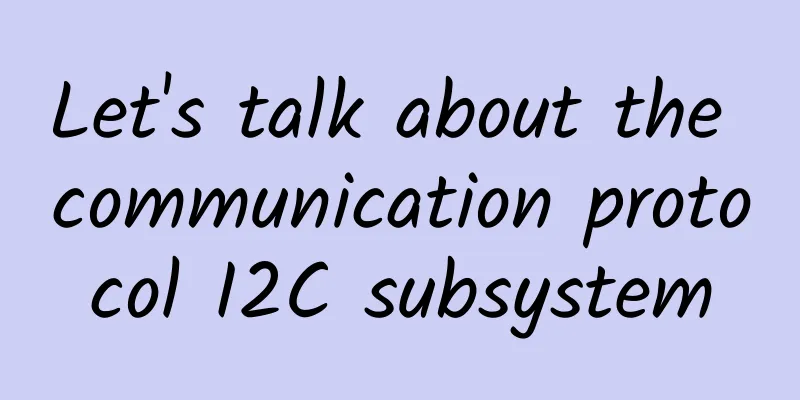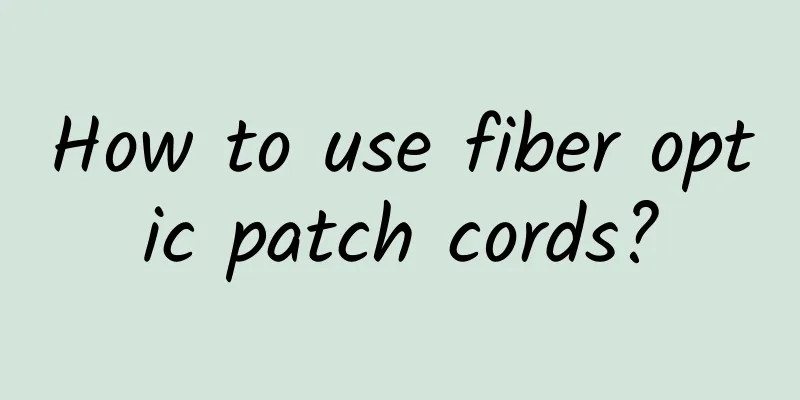Let's talk about the communication protocol I2C subsystem

I2C TransferDefinition of timingTo explore the I2C protocol in depth, you must have a deep understanding of the definitions of various times (F/S-mode)
Sr restarts, S starts, and P stops. Note: When SCL is high, SDA is high, which is 1, and low, which is 0. During SCL low, SDA changes data. Note: The start condition is easy to understand. Repeating the start condition means there is no STOP, then a START, and then sending another slave device ID to access other slave devices. Defining Terms1. Data ValidityDuring the SCL high level period, SDA must be stable, so in general, the SCL high level width is small and the SDA high level width is large, which is also the case when viewed with an oscilloscope. 2. Start condition and stop conditionStart condition: When SCL is high, SDA changes from high to low. Stop condition: When SCL is high, SDA changes from low to high. Generally, each time a byte (8 bits) is transmitted, it will restart. SDA changes data during the low level period of SCL, and cannot change data during the high level period of SCL, otherwise it will be considered as a start and stop condition.
3.ACK or NACKAfter each byte is transmitted, the slave device must respond with ACK or NACK. ACK: After transmitting 8 bits, at the ninth bit, SCL is high. If SDA is low, it means ACK is responded. NACK: After transmitting 8 bits, at the ninth bit, SCL is high. If SDA is high, it means a NACK response. 4.write data5. read data6. Composite Format7.I2C Transfer Regulation
8.10-bit addressingThe analysis is as follows: A9-A0 indicates 10 bits address 9. Oscilloscope waveform10. SupplementI2C does not support the slave device to initiate an interrupt on the SCL and SDA buses to notify the master device to read data. Slave devices with interrupt requirements need to connect an additional interrupt line to notify the master that the data is ready and let the master initiate the data read operation. |
<<: Will the laser in a broken optical fiber harm us?
>>: 2022 Network Open Source Technology Ecosystem Summit (Online) concluded successfully
Recommend
Why IoT needs LPWAN
LPWAN deployment for IoT devices aims to provide ...
DNS communication protocol based on privacy protection technology
The Domain Name System (DNS) is an Internet basic...
China Academy of Information and Communications Technology interprets the "Notice on Promoting the Accelerated Development of 5G"
In order to thoroughly implement the spirit of th...
TripodCloud: US CN2 GIA line VPS with large hard disk $40.99/half year onwards
TripodCloud (Yunding Network) is a relatively low...
Illustration | A cross-domain problem confused me
[[439558]] This article is reprinted from the WeC...
BudgetVM: $29/month - 4GB/200GB/100Mbps unlimited traffic/high security/Los Angeles & Japan data centers
It has been exactly one year since I last shared ...
The secrets of the mobile data war: "Unlimited" is conditional
As the deadline for the cancellation of roaming c...
E-commerce past | Farewell to public domain traffic
[[420018]] It is not difficult to see that 2020 i...
What is the difference between artificial intelligence and machine learning?
【51CTO.com Quick Translation】 Artificial intellig...
Industry hot spots of data center in 2018
For many people, 2017 has been an intense and bus...
Huawei's 3GPP 5G pre-commercial system wins the World Internet Leading Technology Achievement Award
[Wuzhen, China, December 3, 2017] Recently, the w...
Easy-to-understand illustrations of online interview knowledge - Part 1
Regarding network knowledge, I mainly talk about ...
Report: Global 5G mobile data traffic is growing explosively
Mobile network operators promise their users that...
How fast is 5G? How does the 5G network work?
[[257849]] 4G LTE has been providing ultra-fast d...
How do 5G base stations control mobile phones under NSA?
The 5G network architecture is divided into SA an...









